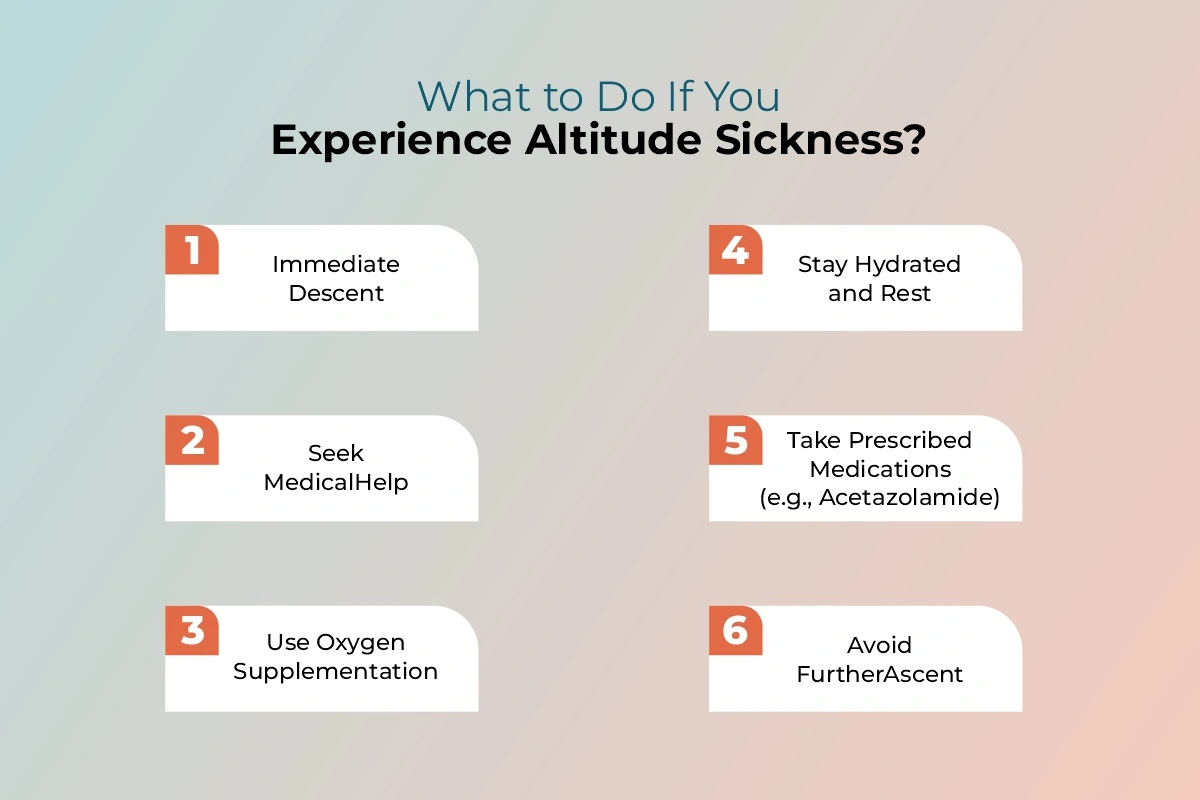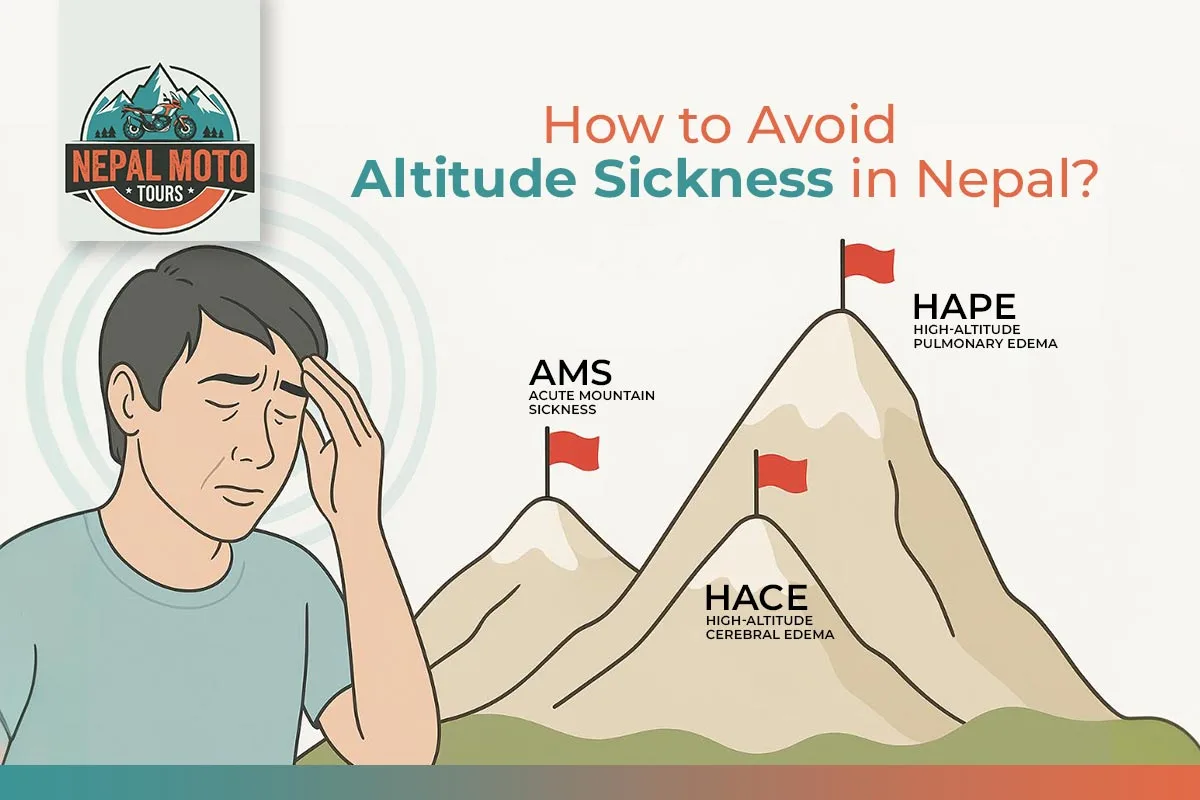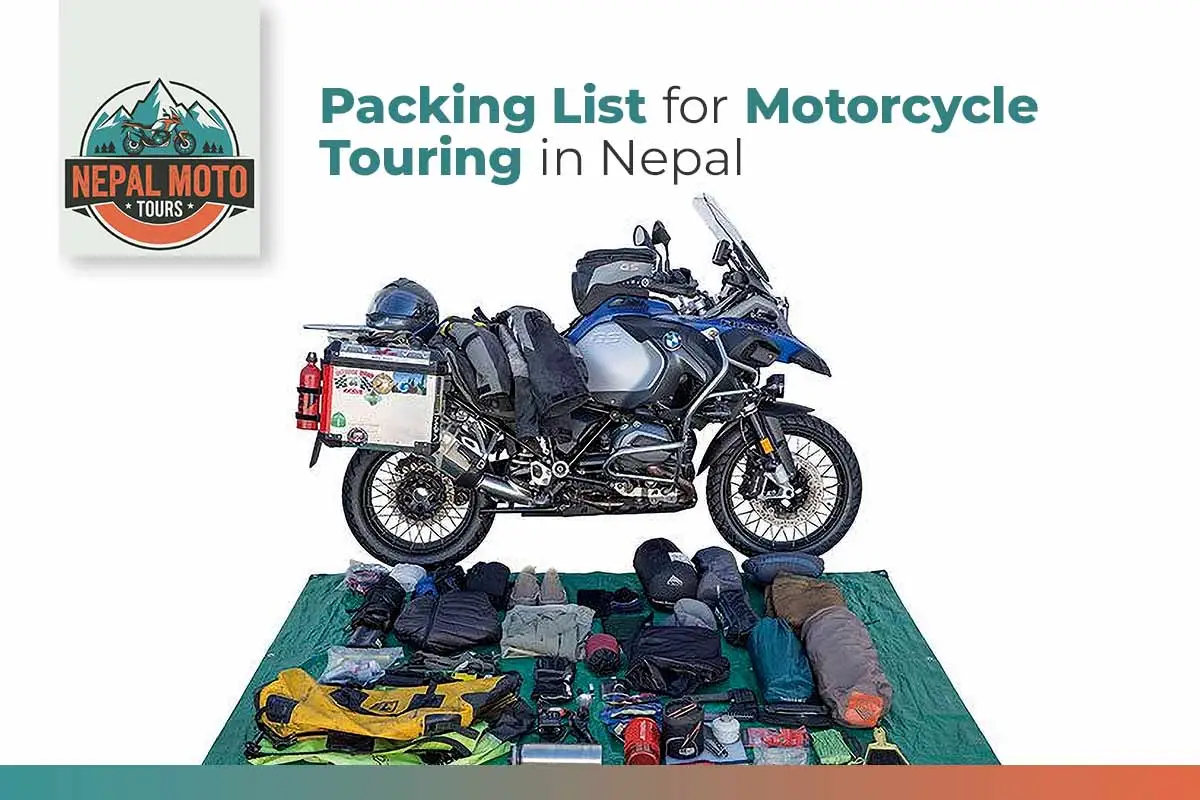Nepal is a dreamlike destination for hiking and climbing for adventurers, as it allows visitors to enjoy its magnificent natural beauty. However, the high altitude challenge can pose significant health risks, particularly altitude sickness.
Every individual becomes vulnerable to altitude sickness no matter what their fitness level or trekking expertise may be. A safe and satisfying trek demands basic knowledge about altitude sickness, its causes, necessary preventive steps, and suitable treatment methods.
This blog will help you recognize and manage altitude sickness, ensuring a successful and healthy adventure in Nepal.
What is Altitude Sickness?
Acute Mountain Sickness (AMS) known as altitude sickness, occurs when your body fails to adapt to lower oxygen levels that are inevitable at elevated altitudes. Your body faces challenges in obtaining sufficient oxygen when you climb above elevations of 2,500 meters (8,200 feet) because of decreasing air density.
Tourists visiting Everest Base Camp (5,364m) and Annapurna Base Camp (4,130m) face possible altitude sickness symptoms if they ascend the elevations quickly. Failure to treat altitude sickness allows the condition to progress into the more dangerous forms HAPE or HACE.
What are the Types of Altitude Sickness?.
There are three principal classifications of altitude sickness, which include”
- Acute Mountain Sickness (AMS): A mild to moderate condition caused by rapid ascent to high altitudes, leading to symptoms like headache, nausea, dizziness, and fatigue.
- High Altitude Pulmonary Edema (HAPE): A life-threatening condition where fluid accumulates in the lungs due to high altitude, causing severe shortness of breath, coughing, and reduced oxygen levels.
- High Altitude Cerebral Edema (HACE): A severe and potentially fatal condition in which fluid buildup in the brain leads to confusion, loss of coordination, and altered mental status.
The human body encounters difficulty managing reduced oxygen levels when located above 2,500 meters (8,200 feet) in elevation, and this causes altitude sickness. Your chance of developing symptoms becomes greater when you climb fast without having adapted properly to high elevations. Your risk of developing altitude sickness rises when you are dehydrated, push your body too hard, have genetic factors that affect your situation, or have existing medical conditions.
Overview of types of altitude sickness
|
Type |
Description |
Common Symptoms |
Severity |
|
AMS (Acute Mountain Sickness) |
Mild altitude sickness experienced above 2,500m |
|
Mild to moderate |
|
HAPE (High Altitude Pulmonary Edema) |
Fluid buildup in the lungs, dangerous if untreated |
|
Severe |
|
HACE (High Altitude Cerebral Edema) |
Swelling in the brain due to low oxygen |
|
Life-threatening |
What to Do If You Experience Altitude Sickness?
The best way to deal with this condition effectively includes detecting early signs followed by prompt intervention. Moving ahead with slight symptoms instead of treatment will result in serious, life-threatening health issues.

If you experience altitude sickness, you can follow these steps:
1. Immediate Descent
The fastest method to avoid the deterioration of altitude sickness requires descending to a lower position the instant symptoms appear. Symptoms will decrease substantially after descending just 300 to 500 meters (1,000 to 1,600 feet) below the initial elevation.
Let guide members or trekker companions know about your situation prior to requesting help during emergencies. In case you cannot move on your own, ask for a rescue mission or seek help from a porter for a safe descent.
2. Seek Medical Help
A patient should get swift medical attention right away when altitude sickness symptoms fail to improve or get worse after descending. Popular trekking routes in Nepal, including Everest Base Camp and Annapurna Circuit, provide access to well-trained medical personnel who help treat altitude sickness patients in their high-altitude clinics.
Medical help in Nepal includes HRA clinics in Pheriche and Machermo, facilities in Manang and Muktinath, with helicopter rescues essential for Mustang, Dolpo, and remote areas.
3. Use Oxygen Supplementation
Oxygen therapy serves as a helpful symptom reduction method when descent to safer altitudes becomes impossible because of weather conditions. Oxygen therapy quickly increases blood oxygen levels, aids severely affected patients during descent, and is available at high-altitude rescue clinics or via emergency services.
Nepalese trekking businesses, as well as rescue teams together with their guides, maintain emergency oxygen supply through cylinders or portable oxygen systems.
4. Stay Hydrated and Rest
Proper hydration remains essential because dehydration will intensify the symptoms associated with altitude sickness. The human body reduces water content by breath and sweat at elevated heights, even if thirst signals do not appear.
Tips: Drink 3-4 litres of water daily, avoid alcohol and caffeine, take regular breaks, and sleep at a comfortable, warm altitude without overexerting yourself.
5. Take Prescribed Medications (e.g., Acetazolamide)
An appropriate medication exists to both minimize and prevent symptoms linked to altitude sickness. Acetazolamide (Diamox) stands out as the most prescribed drug for aiding high-altitude adaptation in the body.
Common Medications: Acetazolamide (Diamox) speeds up acclimatization, while dexamethasone treats severe HACE; both help with headaches, but consult a doctor before use.
6. Avoid Further Ascent
Trekking carries many dangers because climbers choose to disregard their sickness and advance to higher altitudes. All trekkers need to pause when altitude sickness symptoms first emerge until full resolution happens.
Guidelines for safe ascent: Ascend high but sleep lower, rest an extra day if sick, halt ascent if symptoms persist, and follow emergency protocols for safety.
How to Prevent Altitude Sickness in Nepal?
Planning ahead to prevent sickness proves more valuable than treating an illness that has already occurred when dealing with altitude sickness. Premature trekking in upper-altitude Nepalese regions becomes safer after using appropriate acclimatization methods along with correct preparation strategies.

Here are the things to prevent altitude sickness in Nepal:
1. Follow a Proper Acclimatization Strategy
The human body needs time to acclimate to reduced oxygen saturation levels. For proper adaptation to high-altitude terrain, people should use step-by-step elevation progression while reserving specific resting days on different elevations.
Best practices for acclimatization:
- It remains safe to ascend no further than 300-500 meters per day when you maintain an elevation above 3,000 meters (9,800 feet).
- Your body needs a minimum of one rest day every 3-4 days.
- People should follow a strategy that involves ascending to higher positions during the daytime while resting at lower elevations during the nighttime.
2. Hydration Tips for Trekking
Drinking sufficient liquids serves as a must for stopping altitude sickness. Quick dehydration occurs at high-altitude locations because the dry air leads to increased breathing combined with dehydration.
How to stay hydrated at high altitudes:
- Drink at least 3-4 litres of water daily.
- Carry hydration bladders or water bottles for quick access.
- Add electrolyte powder to your water to prevent dehydration.
- Drinking alcoholic or caffeinated beverages should be avoided since they lead to dehydration symptoms.
3. Eat the Right Foods for Altitude Adaptation
The way your body accepts altitude changes directly depends on what you eat. Consuming specific foods helps increase energy alongside optimal oxygen usage to promote better adaptation to high-altitude environments.
Best foods for high-altitude trekking:
- Carbohydrate-rich foods: Rice, pasta, potatoes, oats, and lentils.
- Protein sources: Eggs, chicken, nuts, and dairy.
- Iron-rich foods: Green leafy vegetables, beans, and dried fruits.
- Garlic and ginger tea: Helps with blood circulation and oxygen delivery.
4. Medications and Natural Remedies
Altitude sickness prevention can be achieved through particular medicines and natural supplements.
Recommended medications:
- Acetazolamide (Diamox) helps in speed up adapting to high altitude conditions.
- Ibuprofen or Paracetamol helps relieve headaches.
Natural remedies:
- Garlic Soup: A Traditional Sherpa remedy that improves oxygenation.
- Ginger tea: Helps with digestion and altitude adaptation.
- Ginkgo Biloba: Improves the circulation of oxygen through the body.
5. Physical Preparation Before Trekking
The fitness level you possess plays an essential part in determining your ability to adjust to high altitudes. Good physical condition helps trekkers manage the challenges of high-altitude hiking, although altitude sickness does not discriminate by fitness levels.
Training tips for altitude trekking:
- The combination of running, cycling, and hiking as cardio exercises enables better lung performance.
- Building endurance requires both strength training performed on legs and core exercises.
- Putting on a backpack during practice hikes will help you adapt to the conditions you will experience in trekking situations.
6. Recognizing Early Symptoms and Taking Action
Knowing the first indications of altitude sickness can create the difference between life and death. Immediately start resting and hydrating yourself while avoiding future ascent when you experience symptoms of headache followed by dizziness alongside nausea or breathlessness.
Your safety during an unforgettable Nepal trek becomes achievable through proper preventive measures that decrease your chance of altitude sickness.
Best Practices for Safe High-Altitude Trekking in Nepal
For those who plan to trek in Nepal's elevated mountainous regions, the following essential safety rules will help create a secure and rewarding experience:
- Choose a Trek Suited to Your Fitness: Seek a trekking path that aligns with your fitness level because it will prevent both physical overload and dangerous altitude effects.
- Hire a Guide or Porter: Hire a local guide and porter for safer trekking because they provide map navigation and emergency response together with altering sickness assistance.
- Pack for Altitude Sickness Prevention: Prepare for high-altitude situations with important items, including warm clothes, first-aid supplies, altitude sickness medication, and energy-dense food.
- Acclimatize and Ascend Gradually: A slow and methodical ascent should be followed along with rest days to help your body adapt better and decrease the chances of developing altitude sickness.
- Stay Hydrated and Eat Well: Drink at least 3-4 liters of water daily together with a high-carbohydrate diet to preserve your energy levels for optimal altitude adaptation.
Conclusion
Preventing altitude sickness in Nepal requires gradual acclimatization, proper hydration, a nutritious diet, and recognizing early symptoms. Choosing a trek that matches your fitness level, hiring a guide, and packing essential medications can further reduce risks.
By following these precautions, you can enjoy a safe and unforgettable trekking adventure in the breathtaking Himalayas. Always prioritize your health, listen to your body, and trek responsibly.
Ready to explore Nepal’s majestic mountains? Start planning your adventure today with expert guidance and support!
FAQs
What is the best way to prevent altitude sickness in Nepal?
The best way to prevent altitude sickness is gradual acclimatization. Ascend slowly, take rest days, stay hydrated, and eat a high-carb diet.
What are the first signs of altitude sickness?
The first signs include headaches, dizziness, nausea, and shortness of breath. If symptoms worsen, immediate descent is necessary.
Can altitude sickness occur at lower altitudes?
Altitude sickness typically starts above 2,500m, but some people may feel mild symptoms at 2,000m if they ascend too quickly.
What is the immediate cure for altitude sickness?
The quickest way to recover is descending to a lower altitude. Oxygen therapy and medications like Acetazolamide can help alleviate symptoms.







